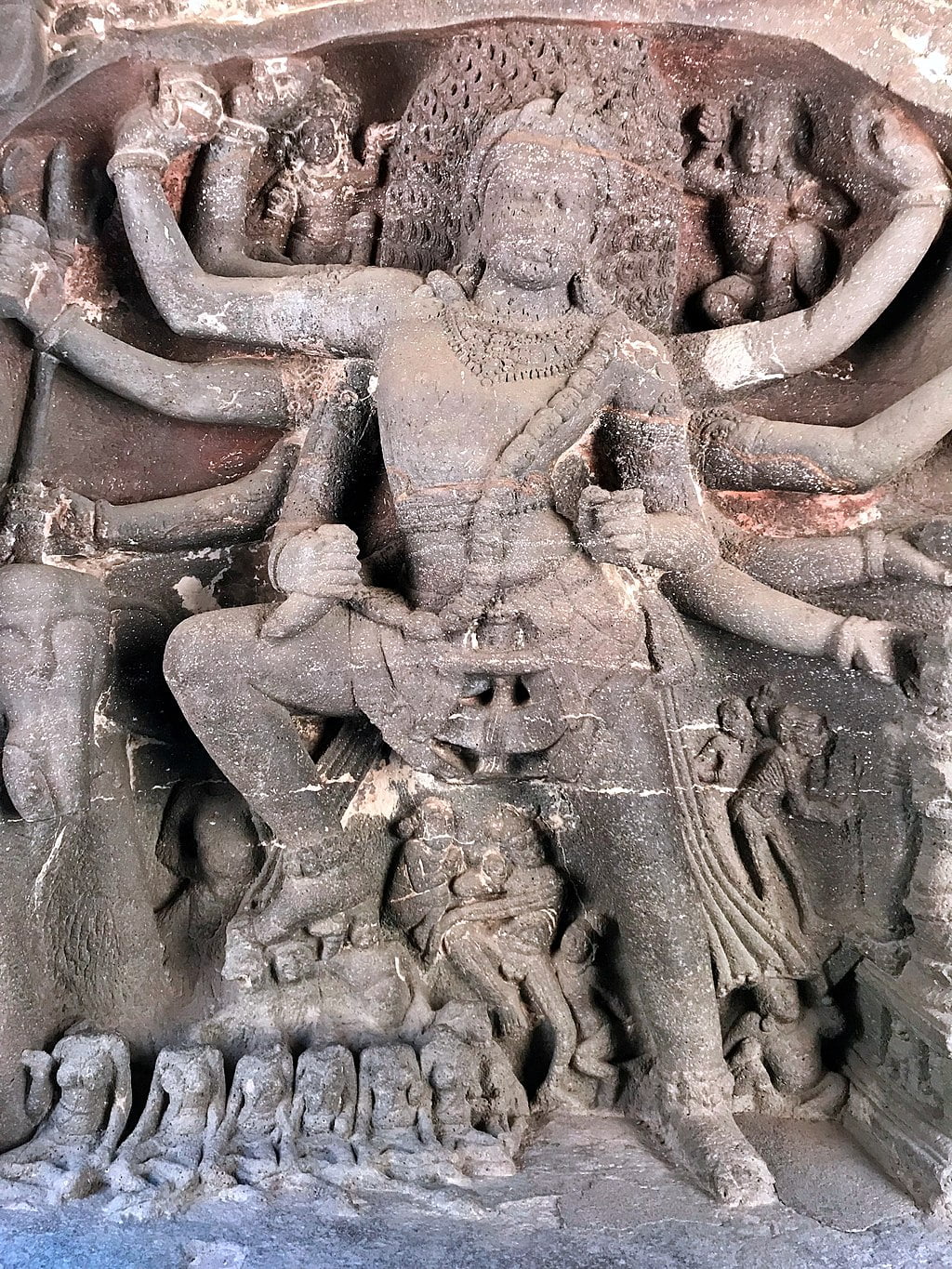The concept of the 11 Rudras stems from Hinduism
Refers to a group of deities associated with Lord Shiva. “Rudra” itself is another name for Shiva, particularly in his fierce and destructive aspects. These eleven Rudras are seen as manifestations or extensions of Shiva’s power.
There’s some variation across different texts on the exact names and characteristics of the Rudras. Here are two main interpretations:
- Eleven Aspects of Human Nature: Some interpretations view the Rudras as symbolic representations of various aspects of human nature. These can include the five senses (sight, smell, taste, touch, and hearing), the five organs of action (hands, feet, speech organs, excretory organs, and reproductive organs), and the mind. In this view, overcoming the 11 Rudras represents achieving self-control.
- Individual Deities: Other texts present the 11 Rudras as distinct deities, each with their own names and attributes. The specific names can vary, but some common examples include:
- Kapali
- Pingala
- Bhima
- Virupaksha
- Vilohita
- Ajapaada
- Ahirbudhanya
- Shasta
- Shambhu
- Chanda
- Bhava
It’s important to remember that Hinduism is a vast and diverse religion with many schools of thought. The concept of the 11 Rudras reflects this richness, offering different interpretations based on specific traditions and perspectives.
Image credit
Aums90, CC BY-SA 4.0, via Wikimedia Commons

